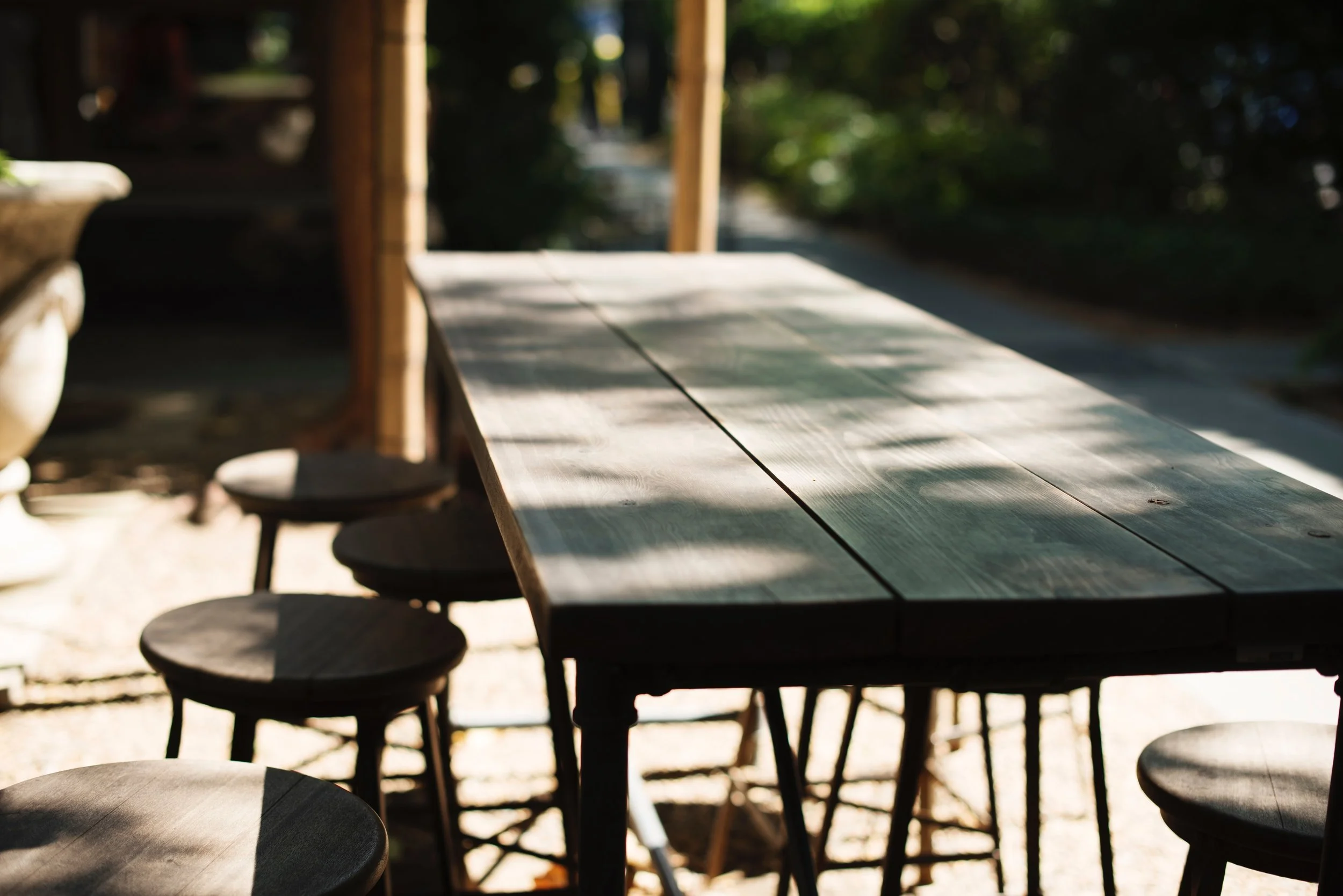PROTECTING YOUR DECK FROM DRY ROT BY CHOOSING THE RIGHT MATERIAL
At Heilman Renovations, we know that when you undertake a significant home renovation project like adding a new deck you want to make sure that you get the best use of your home improvement investment. One of the biggest deck maintenance problems that home owners face is dry rot. You can avoid dry rot in your deck by choosing a deck material that fits both your budget and your maintenance schedule.
Maintenance-Free Composite Decking
Dry rot is caused by moisture, so one of the easiest ways to avoid it is to use a decking material that is completely water resistant. Composite decking materials like Trex are made from recycled plastic bags. They’re completely rot resistant, and they require very little maintenance. There are also composite decking materials like Azek that are made from plastic bottles with many of the same benefits. If you want to avoid annual power-washing and semi-annual sealing, composite decking may be the right material for your new deck or renovation.
Composite decking does have negative features, however. It is one of the most expensive materials you can use for your deck. It typically comes as a proprietary system, so you have to use fasteners, trim, and other components from the same manufacturer’s system.
For maintenance, all composite decking needs to be washed occasionally. If you want to spend your time relaxing on your deck instead of working on it, a composite deck may be the right choice for you.
Natural Wood
If you prefer the rich and natural look of wood, cedar, redwood and cypress are all beautiful woods that are naturally rot resistant. They are less expensive than plastic and composite decking materials, and they are light, easy to work with, and resistant to warping. They do require ongoing maintenance, including annual power washing and recoating with sealant every three or four years. They fade to a silvery grey color that is very attractive.
If you prefer the rich and natural look of wood, cedar, redwood and cypress are all beautiful woods that are naturally rot resistant. They are less expensive than plastic and composite decking materials, and they are light, easy to work with, and resistant to warping. They do require ongoing maintenance, including annual power washing and recoating with sealant every three or four years. They fade to a silvery grey color that is very attractive.
Also available now are extremely durable tropical hardwoods like ipe, which combines the beauty of real wood with extreme durability and less maintenance. It is more difficult to work than cedar or redwood because it’s very heavy and extremely hard. It dulls saw blades and drill bits quickly, and all holes must be predrilled. You’ll also want to make sure that it’s certified sustainable by the Forest Stewardship Council so that your deck isn’t contributing to the loss of rain forests.
Economical Pressure Treated Lumber
The most inexpensive deck option is pressure-treated lumber. It is typically southern yellow pine that has been treated with chemical preservatives. It is very heavy, and does require annual power washing and regular re-sealing to keep it protected. When your deck is built, you’ll also want to ensure that all cut ends are treated with preservative, and make sure that your design does not allow any standing water on the deck. You’ll also want to make sure that you use galvanized fasteners and anchors so that the wood preservative does not corrode the fasteners.
If you are concerned about chemicals, pressure-treated lumber may not be the right choice for you. Older preservatives used arsenic, which was found to leach into the ground around pressure-treated structures. In 2003, the preservative in residential lumber was changed so that it no longer contains arsenic. If chemicals are still a concern for you, an all-natural choice like cedar may be a better option for you.
There are many great materials available for your deck building and renovation projects. Balance your budget with your willingness to do maintenance, and you’ll end up with a great looking, long-lasting deck.







